Indigenous Governance Database
governance structure
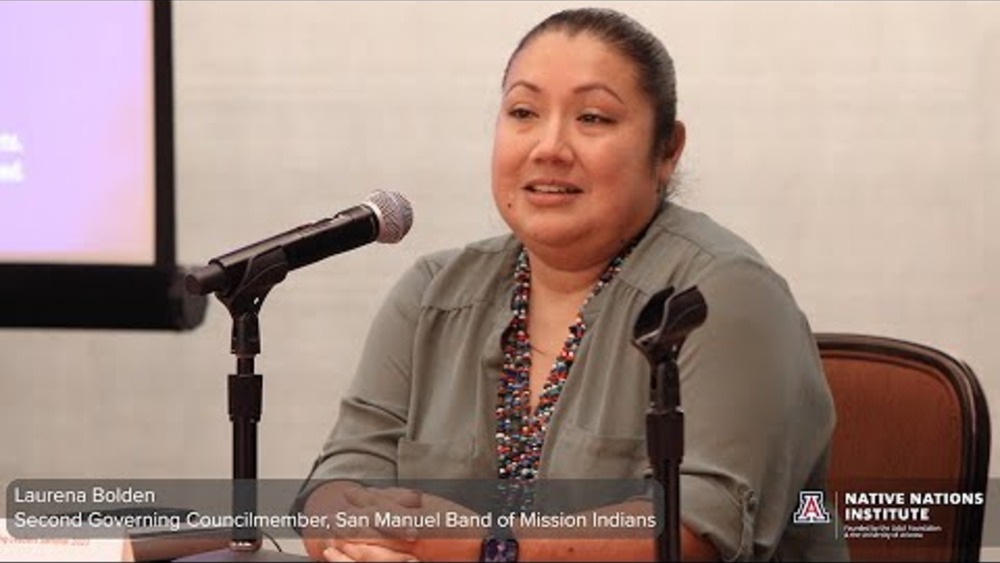
Perspectives From Tribal Leaders: Laurena Bolden, San Manuel Band of Mission Indians
Laurena Bolden, Second Governing Council Member for the San Manuel Band of Mission Indians, joined the Native Nations Institute on the lands of the Salt River Pima - Maricopa Indian Community near Scottsdale, Arizona for the 2023 Emerging Leaders Seminar to offer some perspectives on topics she…
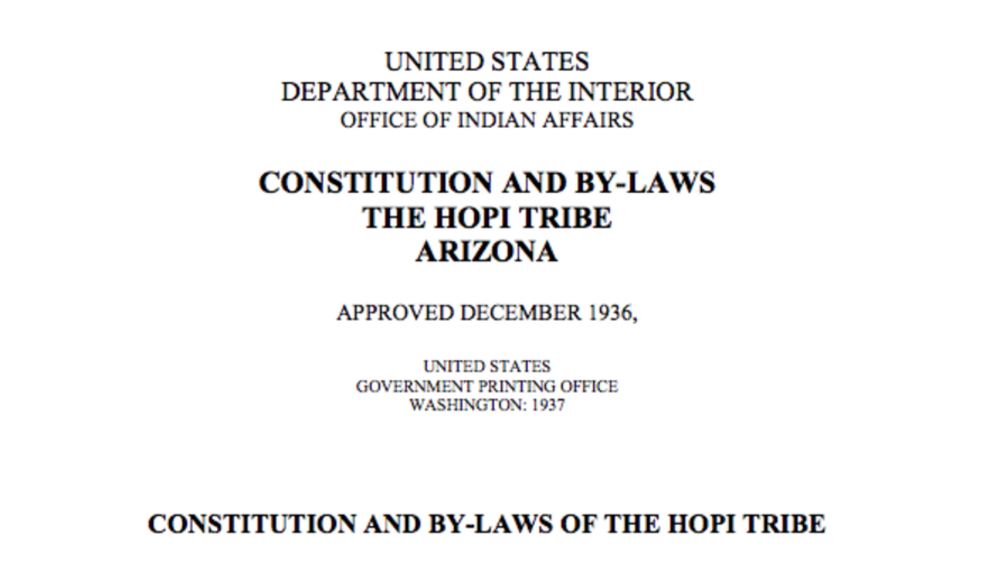
Hopi Tribe: Governmental Structure Excerpt
ARTICLE III-ORGANIZATION SECTION 1. The Hopi Tribe is a union of self-governing villages sharing common interests and working for the common welfare of all. It consists of the following recognized villages: First Mesa (consolidated villages of Walpi, Shitchumovi, and Tewa). Mishongnovi.…
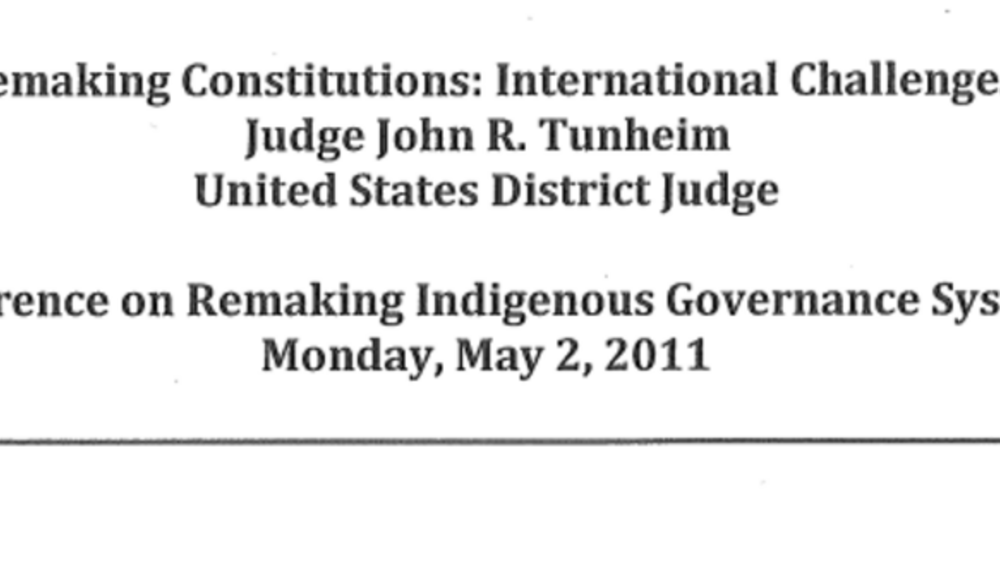
Remaking Constitutions: International Challenges
U.S. District Court Judge John R. Tunheim, whose work in Kosovo helped the United Nations re-establish and improve Kosovo's legal system and ultimately restructure its entire judiciary, discusses his observations as the principal outside advisor to the process that developed the Kosovo Constitution…
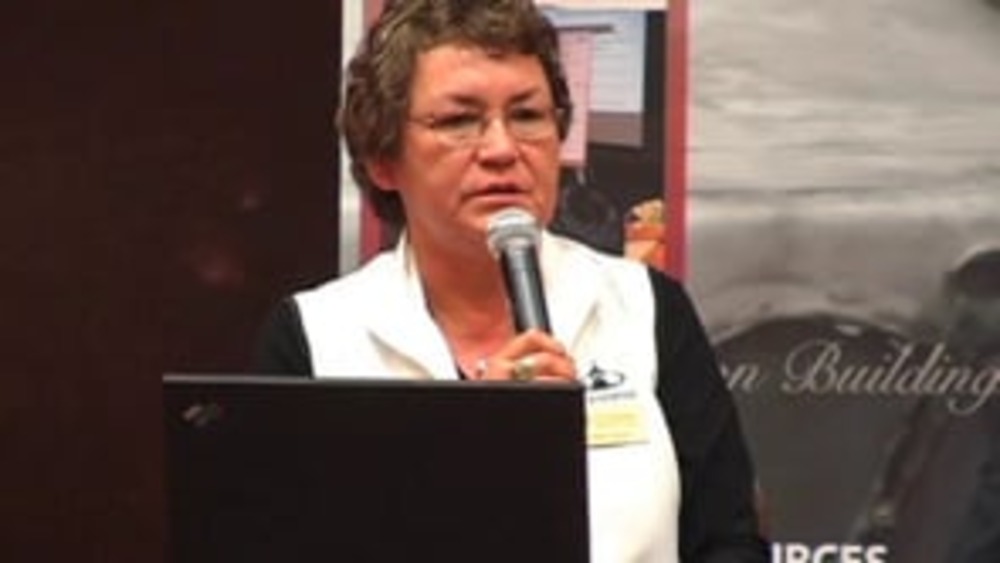
Patricia Ninham-Hoeft, Anthony Pico and Sophie Pierre: What I Wish I Knew Before I Took Office (Q&A)
Patricia Ninham-Hoeft, Sophie Pierre, and Anthony Pico address questions about how to create and maintain a foundation for effective, sustainable leadership within Native nations.
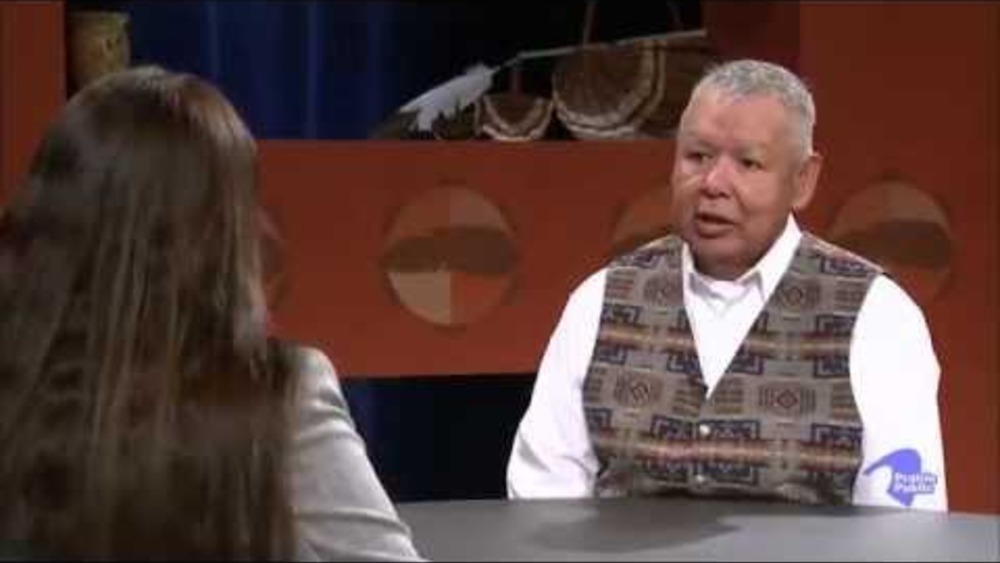
Indian Pride: Episode 112: Tribal Government Structure
This episode of the "Indian Pride" television series, aired in 2007, chronicles the governance structures of several Native nations in an effort to show the diversity of governance systems across Indian Country. It also features an interview with then-chairman Harold "Gus" Frank of the…
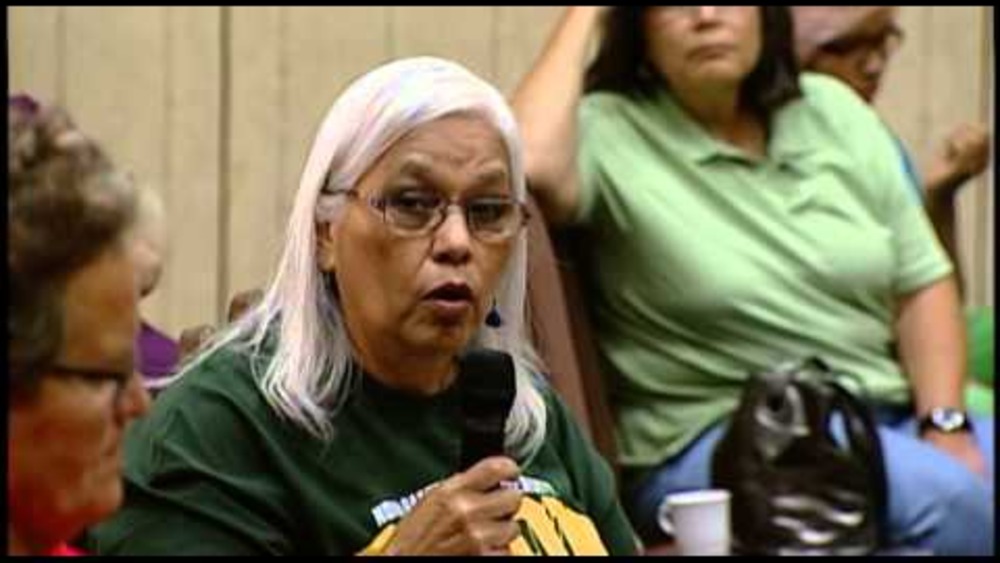
Truth To Tell: Community Connections - White Earth Constitutional Forum Part II
In collaboration with production partner KKWE/Niijii Radio, TruthToTell and CivicMedia/Minnesota traveled west on August 14, 2013, to the White Earth Reservation to air/televise the seventh in our series of LIVE Community Connections forums on critical Minnesota issues. Convened at White Earth's…
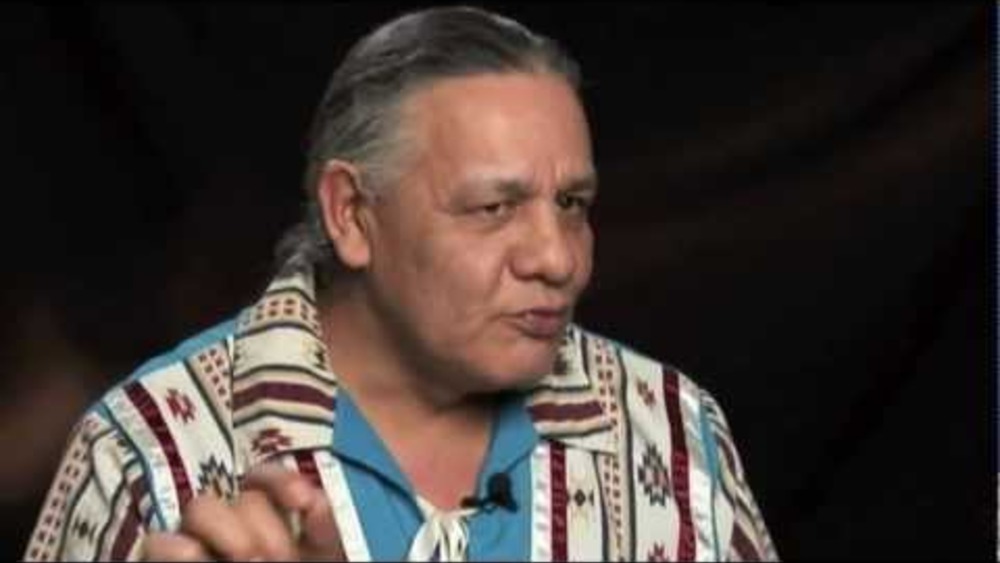
Chief Dale Awasis: Thunderchild First Nation
Chief Awasis of ThunderChild First Nation talks about traditional governance from before contact, Indian Act governance and how some nations are beginning to combine them into a third type of governance.
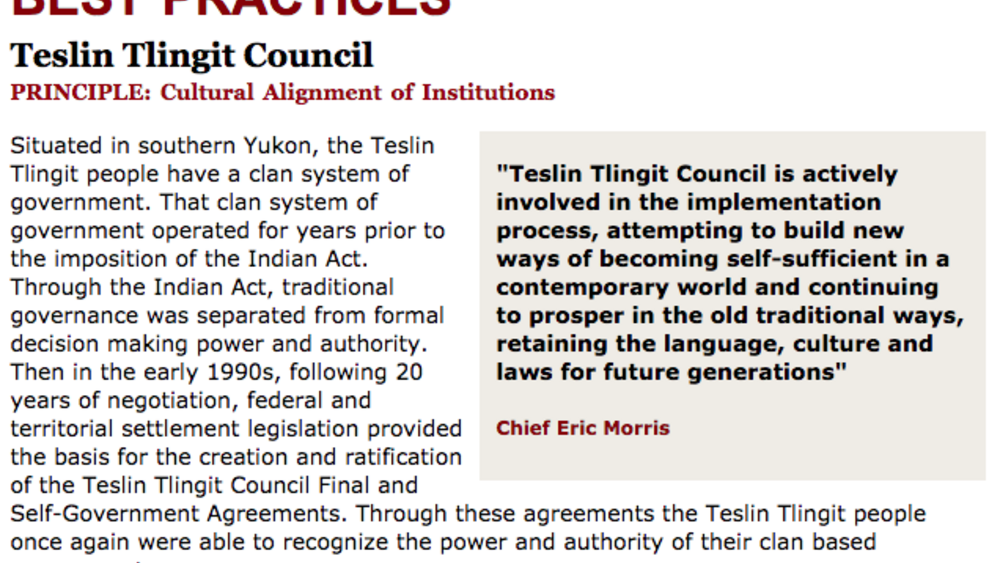
Best Practices Case Study (Cultural Alignment of Institutions): Teslin Tlingit Council
Situated in southern Yukon, the Teslin Tlingit people have a clan system of government. That clan system of government operated for years prior to the imposition of the Indian Act. Through the Indian Act, traditional governance was separated from formal decision-making power and authority. Then in…
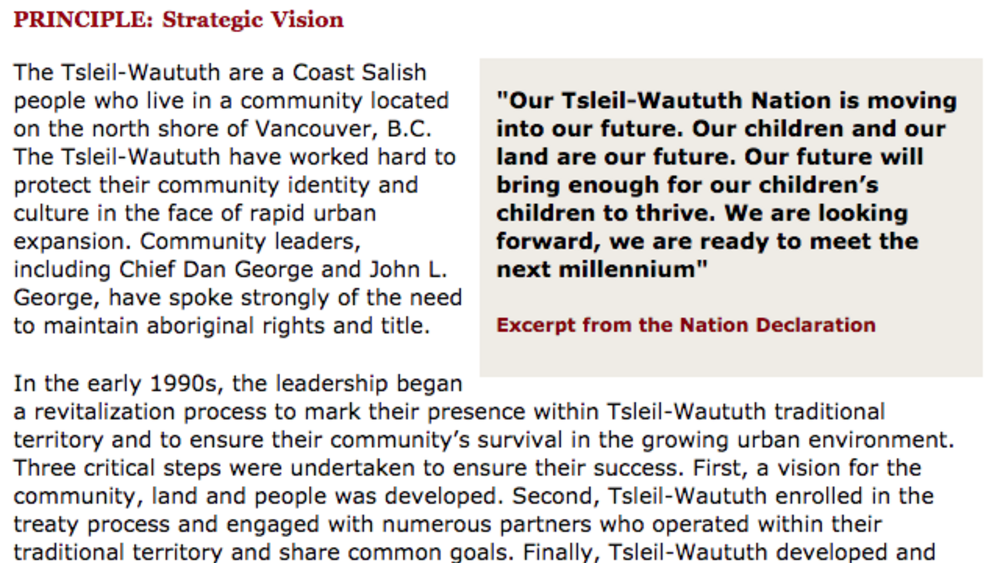
Best Practices Case Study (Strategic Vision): Tsleil-Waututh Nation
The Tsleil-Waututh are a Coast Salish people who live in a community located on the north shore of Vancouver, B.C. The Tsleil-Waututh have worked hard to protect their community identity and culture in the face of rapid urban expansion. Community leaders, including Chief Dan George and John L.…
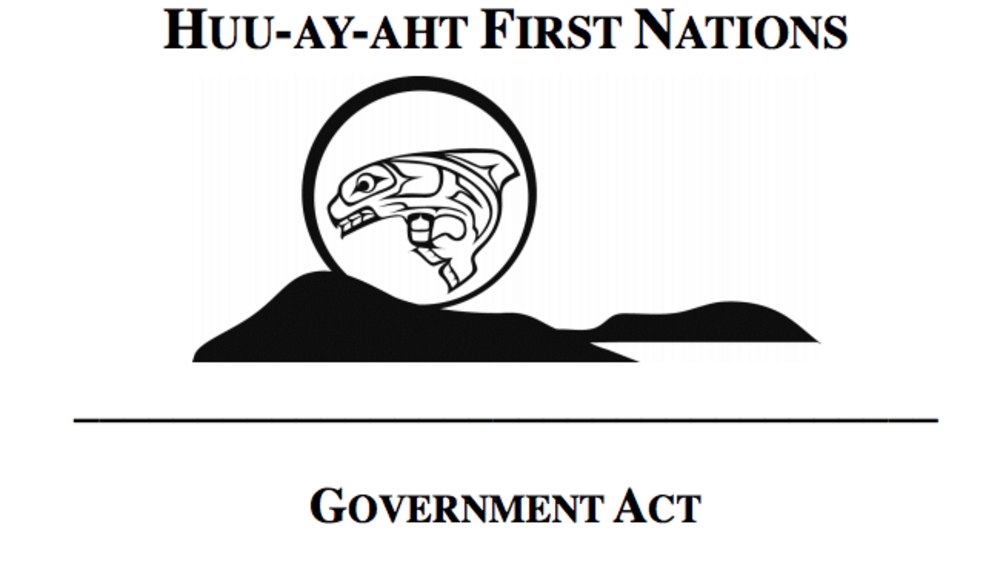
Huu-ay-aht First Nations Government Act
The Government Act sets out the legal framework for the Huu-ay-aht government which includes the following branches: the Legislature, Executive Council, the Ha’wiih Council, and the People’s Assembly.
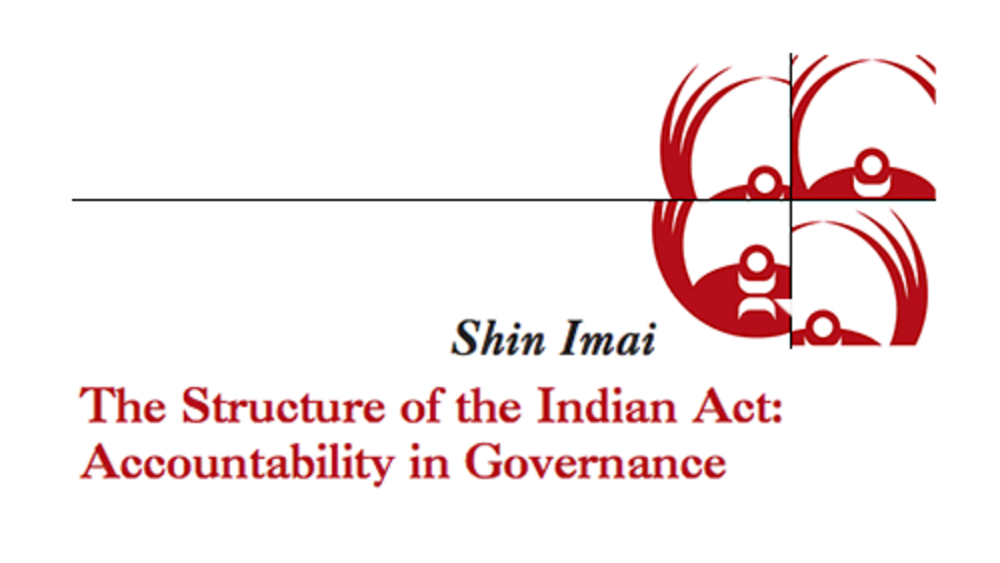
The Structure of the Indian Act: Accountability in Governance
The Indian Act has been criticized for giving the Chief and Council too little power to make their own decisions. The Royal Commission on Aboriginal Peoples counted nearly 90 provisions that give the Minister of Indian Affairs powers over the Band and Band Council. But the Indian Act…
